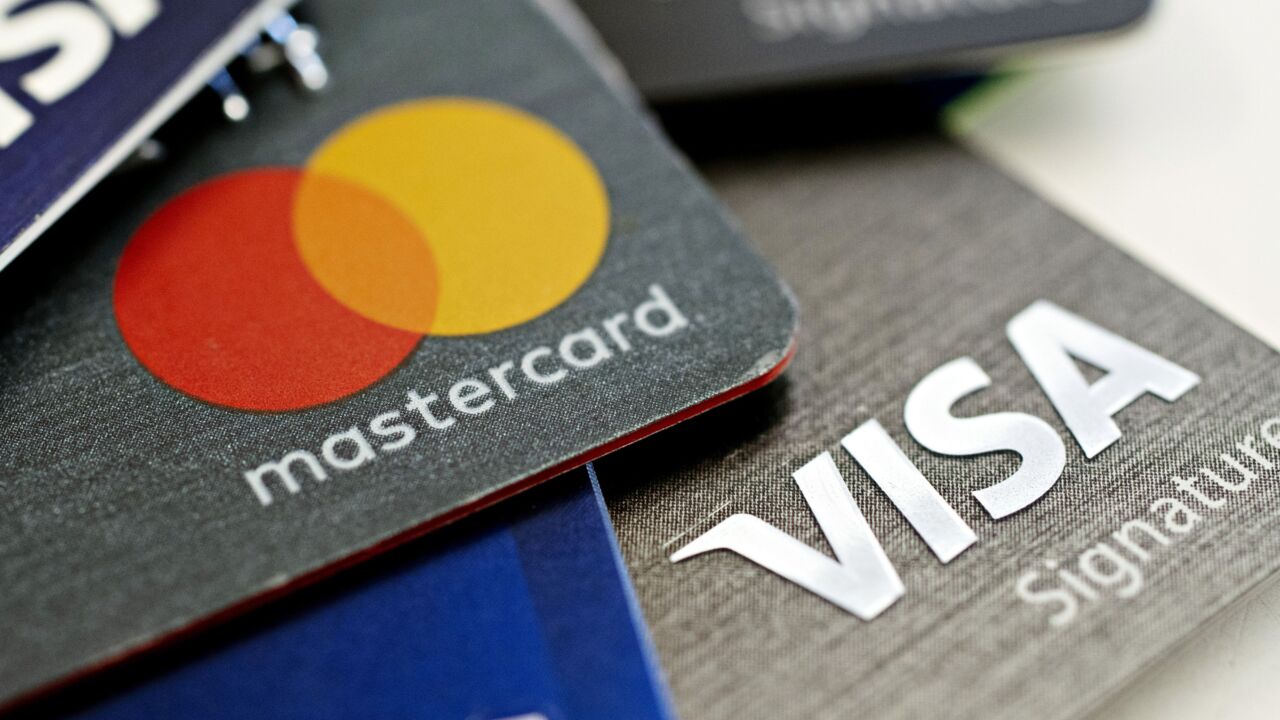The small merchants that turn to Square for their card acceptance needs are also among the most reluctant to swap out their hardware for devices that can handle EMV-chip cards, so Square is putting into play a strategy that banks have long used to get consumers on board with new technology.
The company attached a $49 price tag to its new EMV card readers
The promotion is reminiscent of those that banks ran when they first introduced online bill payment and wanted to convince new customers to use the service. Citigroup even went so far as to offer
Square, which is the
"The liability shift is a complicated policy that makes sellers nervous because they arent clear about what it is or how it affects them," Square said in an emailed statement. "Square is taking away the stress of the liability shift."
But cost may be a bigger factor than confusion. Since launching its service in 2010, Square has always offered its plug-in mobile card reader for free (or for a reimbursable $10 when purchased in a store). The company's few experiments to change its pricing, such as its
"We've certainly seen slower growth of the micro-merchant solutions in the EMV markets, and the EMV hardware cost is likely to be the reason behind that," said Rick Oglesby, a partner and head of product consulting and market research for Double Diamond Payments Research.
Square has also given out 250,000 EMV readers for free, it said.
Square and other mobile point of sale hardware providers initially targeted micro-merchants with a low-cost method to accept credit cards. Rather than relying on its core business of accepting payments, Square has added revenue-generating
Square will appeal to larger and more sophisticated merchants within its base, and could help by biasing its customer base a bit more toward larger and more active merchants, Oglesby said.
The free hardware opened up what had been a mostly cash market to card payments. But EMV cards are a bit more cumbersome to accept, and the necessary hardware is typically more expensive.
Square's promotional move may quickly be duplicated by its rivals.
"It's a signal for what is to come from all of the other [mobile point of sale] players," said Richard Crone, a payments consultant, who said the three month reimbursement window "sparks a usage event for inactive accounts."
There are still challenges, such as the timeframe for shipping the EMV devices, Crone said.
"There is a big delay for getting the device, which is the case for all retailers," Crone said. "The bottom line is the deadline will come and go and a vast majority of the market will not be enabled both on the issuing and acquiring side."





